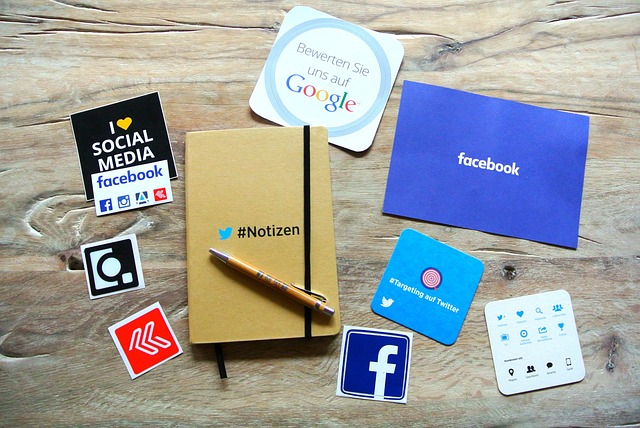Personal trainers face workload management challenges, leading to inefficiencies. Smart scheduling tools using AI and real-time visual coaching in live sessions offer a solution. These tools analyze trainer availability, client preferences, and session data for tailored schedules, ensuring fair workloads and high-quality coaching. By automating manual planning, smart scheduling enhances time management, benefits trainers and clients, and revolutionizes fitness through cutting-edge AI technology, optimizing resource allocation and improving training session quality.
In today’s dynamic fitness landscape, efficient trainer workload management is paramount. Smart scheduling tools emerge as game-changers, addressing the challenges posed by varying client demands and trainer availability. This article explores the crucial role of these tools in balancing workloads, enhancing productivity, and improving overall client experiences. We delve into the potential of AI real-time visual coaching during live sessions, offering personalized guidance and support at scale. By understanding the need for smart scheduling, we uncover strategies for efficient workforce management that benefit both trainers and clients alike.
- Understanding Trainer Workloads and the Need for Smart Scheduling
- The Role of AI in Real-Time Visual Coaching during Live Sessions
- Benefits and Implementation Strategies for Efficient Workforce Management
Understanding Trainer Workloads and the Need for Smart Scheduling

Understanding Trainer Workloads and the Need for Smart Scheduling
In today’s competitive fitness landscape, personal trainers face significant challenges when it comes to managing their workloads. Traditional scheduling methods often fall short in catering to dynamic training demands, leading to overbooked schedules or underutilized time. This imbalance can result in exhausted trainers, dissatisfied clients, and missed opportunities for growth. The need for smart scheduling tools is evident as they offer a revolutionary approach, incorporating AI real-time visual coaching in live sessions, to optimize this process.
By leveraging intelligent algorithms, these tools analyze trainer availability, client preferences, and session data to create personalized schedules. This not only ensures fair workload distribution but also allows trainers to focus on providing quality coaching during each session. With smart scheduling, trainers can bid farewell to tedious manual planning and embrace a more efficient, effective way of managing their time, ultimately enhancing the overall fitness journey for both the trainer and client.
The Role of AI in Real-Time Visual Coaching during Live Sessions

Artificial Intelligence (AI) plays a pivotal role in revolutionizing the landscape of real-time visual coaching during live sessions, particularly in training settings. By leveraging machine learning algorithms, AI tools can analyze and interpret trainer and participant interactions with remarkable accuracy. During live sessions, these systems provide instant feedback, identifying areas for improvement and offering tailored suggestions to enhance performance. For instance, in a fitness class, AI can track a trainer’s movements and demonstrate correct forms, ensuring both the instructor and attendees receive immediate visual guidance.
Moreover, AI enables personalized learning experiences by adapting to individual needs. It can detect patterns in participants’ responses and adjust coaching strategies accordingly, fostering a more engaging and effective training environment. This technology allows trainers to focus on higher-level tasks while receiving valuable insights into student progress, ensuring every learner receives the attention they need to succeed.
Benefits and Implementation Strategies for Efficient Workforce Management

Smart scheduling tools are transforming trainer workloads by providing efficient workforce management strategies. These tools leverage AI for real-time visual coaching during live sessions, ensuring optimal resource allocation and productivity. By analyzing data patterns and forecasting demand, they enable coaches to create balanced schedules that minimize stress on both trainers and trainees.
Implementation strategies include integrating these tools with existing training platforms, utilizing machine learning algorithms for predictive scheduling, and promoting open communication channels to address any schedule changes promptly. Regular feedback loops and continuous optimization based on performance metrics further enhance the benefits. This data-driven approach not only improves overall operational efficiency but also enhances the quality of training sessions.
Smart scheduling tools, leveraging AI for real-time visual coaching in live sessions, significantly balance trainer workloads. By efficiently managing resources and optimizing session planning, these tools enhance productivity, reduce burnout, and improve overall training outcomes. Implementing these strategies ensures that trainers can focus on providing quality instruction while technology subtly works behind the scenes to create a more harmonious learning environment.
